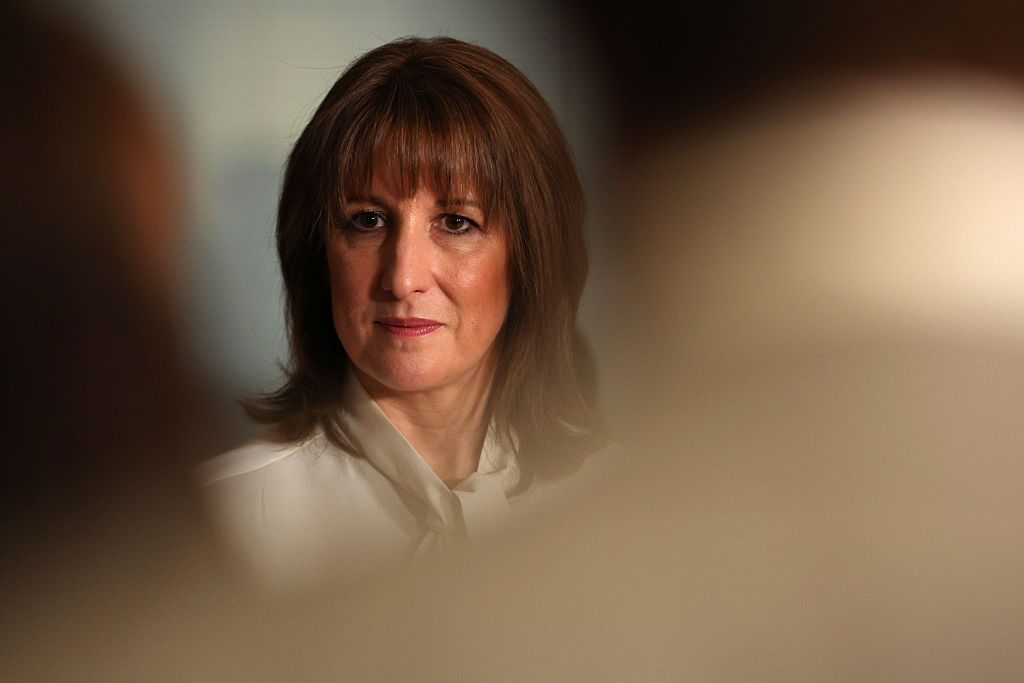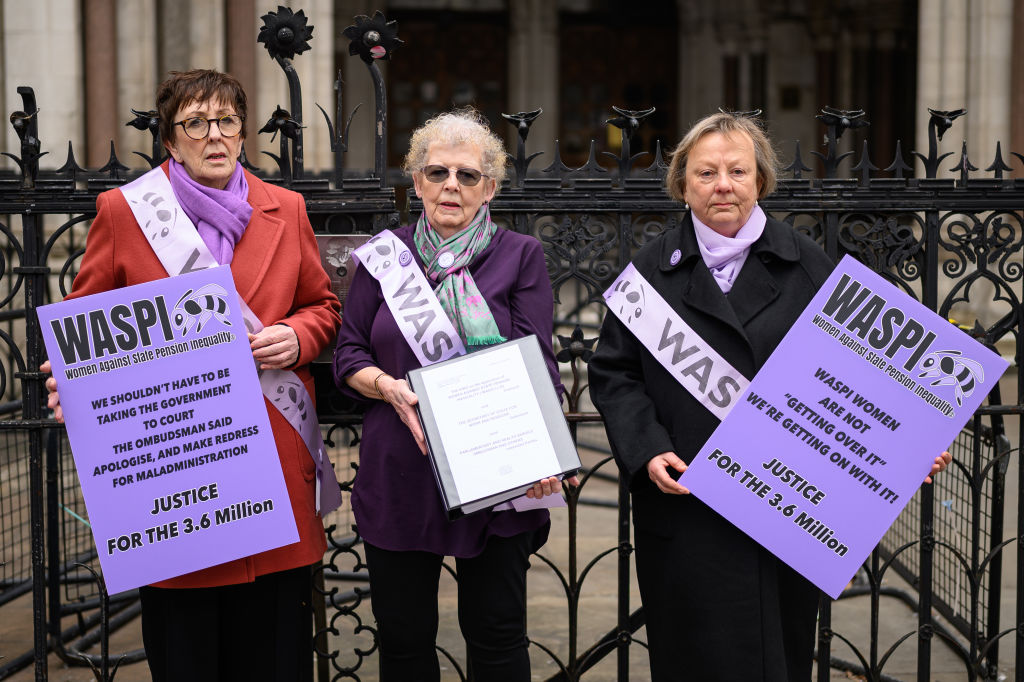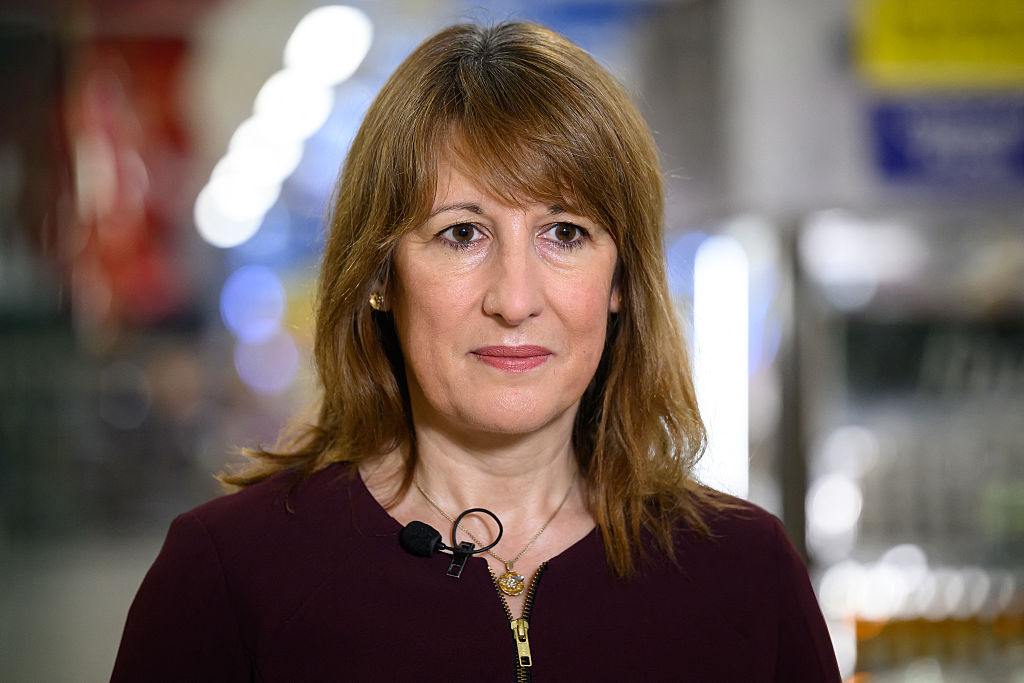Use a deed of variation to change a deceased's will
A deed of variation can change who benefits from a deceased person's will. But all executors and beneficiaries must agree. We explain how it works.


You might think that once a person dies their will is set in stone. In fact, it is possible to change someone’s will once they are deceased, and it is becoming increasingly common. Families use a legal document known as a deed of variation to alter who benefits from a will, with the most common reason being to reduce inheritance tax bills and help younger generations.
“We have seen a jump in the number of families wanting a deed of variation in the past year,” Paul Campion, a chartered financial planner at Succession Wealth, told The Mail on Sunday.
“The deceased often haven’t had time to check that their will still reflects their wishes and the needs of their family. As a result, their family sometimes chooses to distribute assets in a different way to that set out in the will.”
MoneyWeek
Subscribe to MoneyWeek today and get your first six magazine issues absolutely FREE

Sign up to Money Morning
Don't miss the latest investment and personal finances news, market analysis, plus money-saving tips with our free twice-daily newsletter
Don't miss the latest investment and personal finances news, market analysis, plus money-saving tips with our free twice-daily newsletter
A deed of variation doesn’t give anyone a free hand to do what they like with someone’s will. This is not your chance to eliminate your siblings from an inheritance. In order to be valid, the deed of variation has to be written within two years of the death and, more importantly, the deed must be signed by all the executors and beneficiaries of the estate. If everyone isn’t agreed on the amendments the will cannot be changed.
One of the most common reasons for using a deed of variation is to allow an estate to skip a generation. “People often inherit from their elderly parents when they are in their 50s and 60s,” Sarah Paton, a solicitor at Irwin Mitchell told The Mail on Sunday.
“By that time, they are often financially comfortable, but they have children of their own who are more in need of support.” The parents could simply choose to pass what they have inherited straight onto their children without a deed of variation, but the risk is that “you could only do so tax-free if you live another seven years,” says Harry Brennan in The Telegraph. Die within that time and the money could trigger an inheritance tax bill. With a deed that danger is averted.
There is no specific form you need to fill in for a deed of variation. You just need to write a letter explaining the changes you want to make and keep it safe with the will and the “instrument of variation” checklist you can find on the GOV.UK website.
As long as the variation meets the government’s requirements in the checklist – which include being done within two years of death and being approved by all beneficiaries and executors – the changes can go ahead.
The only difficulty you may encounter is if any of the beneficiaries of the will are under 18. In this case, a deed of variation may not be possible as that would make one of the beneficiaries a minor and, therefore, unable to agree legally to the changes to the will.
To ensure your deed of variation is legally binding you may want to get a solicitor to help draft it. Their charges will depend on how complex the changes are. Once the deed is written it must be signed, witnessed and dated by all parties involved.
Get the latest financial news, insights and expert analysis from our award-winning MoneyWeek team, to help you understand what really matters when it comes to your finances.
Ruth Jackson-Kirby is a freelance personal finance journalist with 17 years’ experience, writing about everything from savings accounts and credit cards to pensions, property and pet insurance.
Ruth started her career at MoneyWeek after graduating with an MA from the University of St Andrews, and she continues to contribute regular articles to our personal finance section. After leaving MoneyWeek she went on to become deputy editor of Moneywise before becoming a freelance journalist.
Ruth writes regularly for national publications including The Sunday Times, The Times, The Mail on Sunday and Good Housekeeping, among many other titles both online and offline.
-
 Quality emerging market companies with consistent returns
Quality emerging market companies with consistent returnsOpinion Mark Hammonds, portfolio manager at Guinness Global Investors, selects three emerging market stocks where he'd put his money
-
 UK blue chips offer investors reliable income and growth
UK blue chips offer investors reliable income and growthOpinion Ben Russon, portfolio manager and co-head UK equities, ClearBridge Investments, highlights three British blue chips where he'd put his money
-
 How pet insurance can help cut the costs of vet bills
How pet insurance can help cut the costs of vet billsYou can temper the expense of vet bills with pet insurance. There are four main types to consider
-
 Rachel Reeves's punishing rise in business rates will crush the British economy
Rachel Reeves's punishing rise in business rates will crush the British economyOpinion By piling more and more stealth taxes onto businesses, the government is repeating exactly the same mistake of its first Budget, says Matthew Lynn
-
 The consequences of the Autumn Budget – and what it means for the UK economy
The consequences of the Autumn Budget – and what it means for the UK economyOpinion A directionless and floundering government has ducked the hard choices at the Autumn Budget, says Simon Wilson
-
 Big Short investor Michael Burry closes hedge fund Scion Capital
Big Short investor Michael Burry closes hedge fund Scion CapitalProfile Michael Burry rightly bet against the US mortgage market before the 2008 crisis. Now he is worried about the AI boom
-
 Why the Waspi women are wrong
Why the Waspi women are wrongOpinion Compensation for the Waspi women would mean using an unaffordable sledgehammer to crack a nut, says David Prosser
-
 Why UK stocks are set to boom
Why UK stocks are set to boomOpinion Despite Labour, there is scope for UK stocks to make more gains in the years ahead, says Max King
-
 Should ISA investors be forced to hold UK shares?
Should ISA investors be forced to hold UK shares?The UK government would like ISA investors to hold more UK stocks – but many of us are already overexposed
-
 How Germany became the new sick man of Europe
How Germany became the new sick man of EuropeFriedrich Merz, Germany's Keir Starmer, seems unable to tackle the deep-seated economic problems the country is facing. What happens next?
